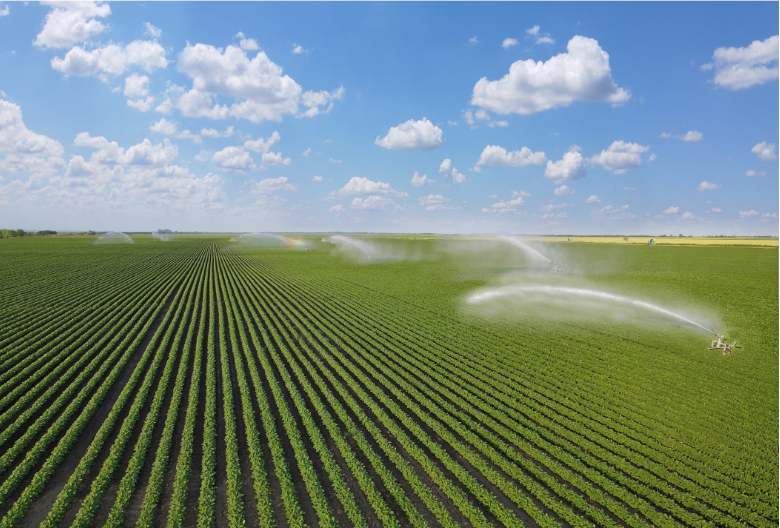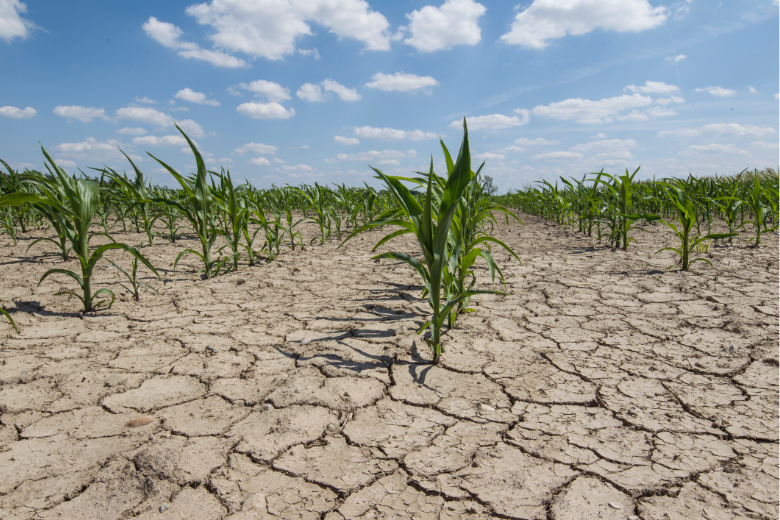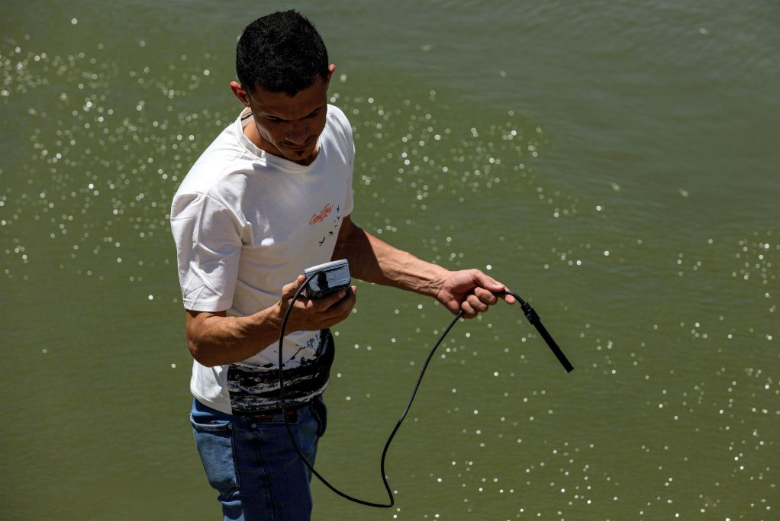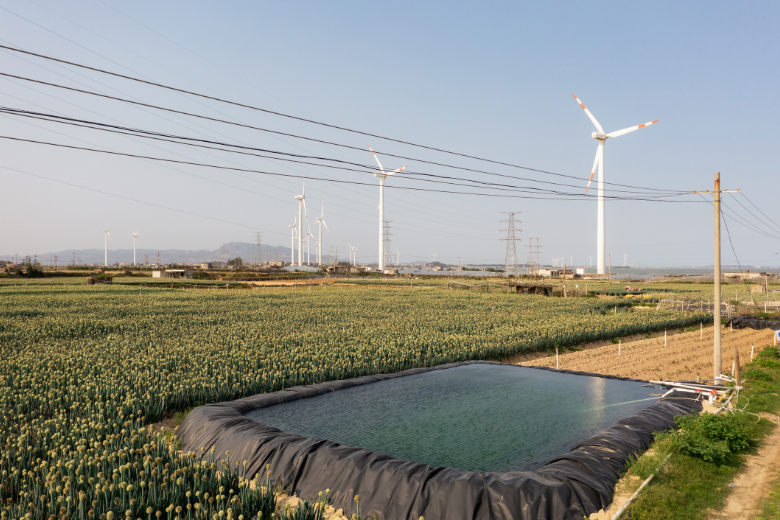On 22 March, the United Nations celebrates World Water Day, an occasion to highlight the importance of sustainable freshwater management. It is one of the planet’s most precious resources—scarce and poorly distributed—a situation exacerbated by the effects of climate change. And although water is never destroyed, we pollute it, rendering it unusable. But we need ever more of it, especially to feed a growing population, which requires an increase in food production, the main use we make of freshwater. Where will we get the water for 21st century agriculture?

It is often difficult to understand how we can suffer water shortages and droughts on a planet with 71% of its surface covered by water. But appearances can be deceiving; on a planetary scale, the oceans are just a thin film covering the globe. The thickness of the Earth’s crust is sometimes compared to the skin of an apple, and the thickness of the water layer is even thinner. In a famous illustration, if all the water on Earth is gathered into a sphere, it covers only part of the USA. But just over 3% of the total is freshwater, and only a third of that is not in the form of ice. Of the remaining liquid freshwater, 99% is underground. So although water is neither created nor destroyed, only a tiny fraction of it is available for our use, such as drinking or irrigating crops.
Small-scale solutions to a global problem
Although water is one of our basic necessities for life, the truth is that only 3% of the water we manage is used for human consumption; the vast majority, 70%, is used for agriculture. But since 1900, our global use of freshwater worldwide has increased almost eightfold. Climate change, over-exploitation and environmental degradation are drying up our rivers and turning vast regions into deserts, while other areas are suffering catastrophic floods. Water has its own terrestrial cycle, which some countries attempt to alter by inducing rainfall, but the effectiveness of these methods is highly questionable. How can we meet the growing demand for water to feed a growing world population when our current water use has already exceeded the safe planetary limit?
There are many innovative technological proposals to increase the availability of usable water in regions where it is needed, particularly through the use of new materials: solar distillation systems, condensation from even the driest air, advanced desalination plants, or facilities that recycle used water using clean, renewable energy such as solar or wind power. But these are small-scale solutions, still at the experimental stage, and far from being applied at a mass scale.

But with 99% of liquid freshwater located underground, this is an enormous opportunity. Groundwater is a source used for both drinking and agriculture: half of the world’s population drinks from groundwater, and about 43% of the water used to irrigate crops also comes from groundwater, as well as feeding rivers, lakes and wetlands. Groundwater is a renewable resource that forms part of the overall hydrological cycle, but experts say it has been historically undervalued, overexploited and poorly managed, threatening its stability and chances of recovery in the short to medium term if it is depleted.
Responding to declining groundwater levels
According to a major 2024 global study led by Scott Jasechko, a water resources expert at the University of California, which brings together millions of measurements from some 170,000 wells and nearly 1,700 aquifers in more than 40 countries accounting for 75% of groundwater use, there is an alarmingly widespread trend of declining groundwater levels in this century: more than half a metre per year, particularly in arid agricultural regions of the Americas (Chile, Mexico and the southwestern USA), Europe (Spain), Africa (Morocco) and Asia (Saudi Arabia, Iran, Afghanistan, China and India). Groundwater depletion can also cause land subsidence, threatening infrastructure and increasing the risk of flooding.

This decline has accelerated in one third of aquifers over the last 40 years. Where groundwater flows into rivers, the flow can sometimes reverse: water from streams seeps into depleted aquifers, which in turn affects the ecology of rivers. “This widespread acceleration in groundwater-level deepening highlights an urgent need for more effective measures,” the authors write. The depletion of groundwater flows is compounded by another problem: human activities are salinising freshwater to an extent that poses an existential threat, according to another study from 2023, and this also includes the salinisation of groundwater. In some cases, Jasechko and his colleagues warn, seawater is intruding into aquifers, rendering them unusable.
But the authors also identify effective interventions that have been successful in stopping the bleeding of aquifers in some places. Measures such as reducing demand or using alternative sources of water have improved aquifer levels in some areas, but systems are also being implemented to recharge aquifers with surface water without damaging ecosystems. For example, in an Arizona valley where the aquifer has dropped 30 metres since the 1940s, seepage dams have been constructed and filled with water from the Colorado River, transported hundreds of kilometres by canals, raising the water table by up to 60 metres.

According to Jasechko and his collaborators, “to address the growing problem of global groundwater depletion, these kinds of success stories would need to be replicated in dozens of aquifer systems with declining groundwater levels.”
Javier Yanes
Comments on this publication